The Legacy of Ancient Architecture of Magnesia
The Founding and Historical Significance of Magnesia
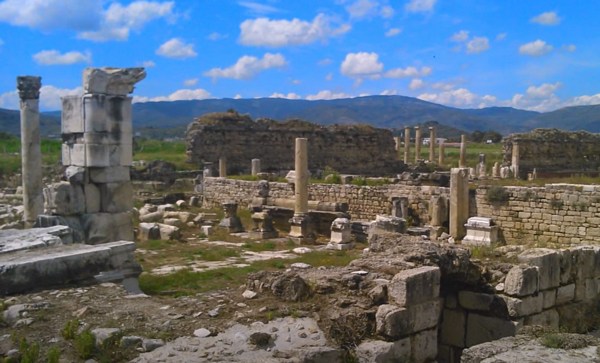
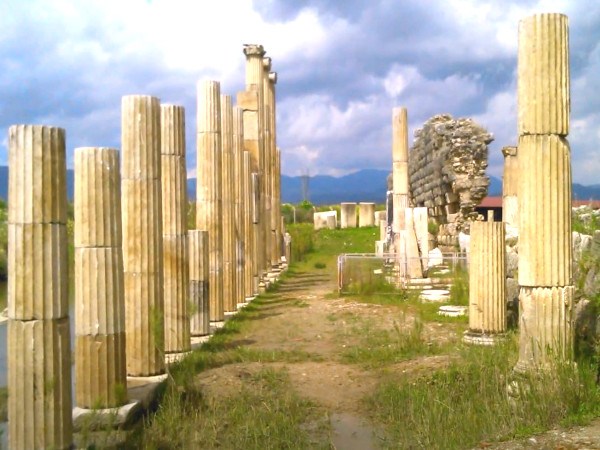
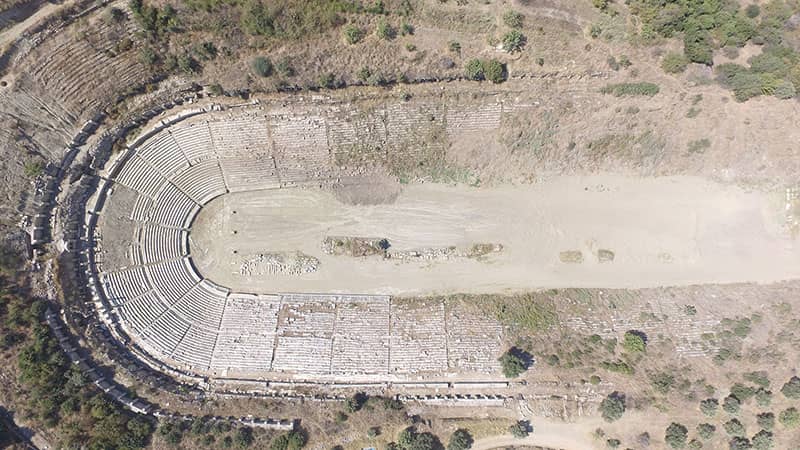
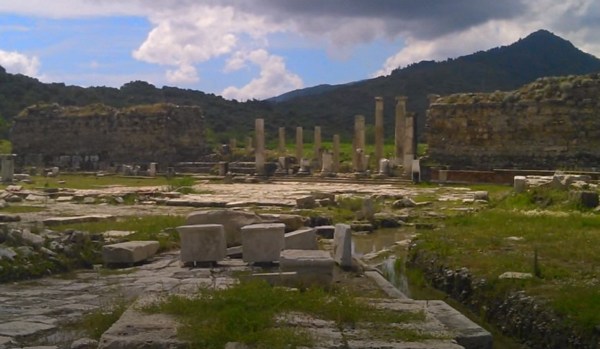
According to legend, Magnesia was founded by the Magnetes from Thessalia, who settled in Anatolia based on the prophecy and guidance of Apollo. While the exact location of the first Magnesia established by the Magnetes is unknown, it is believed that Thibron of Athens relocated the city’s inhabitants to Leukophyr, at the base of the Thorax (Silver) Mountain, to escape the dangers posed by the Menderes River and Persian threats around 400-399 BC. This relocation led to the establishment of what is now known as Magnesia.
or consult to Ekodosd.org
New Magnesia was designed with a grid-planned street system and surrounded by city walls covering approximately 1300×1100 meters. The city’s strategic location between Ephesus and Tralleis made it commercially and strategically important. Magnesia’s architectural legacy is prominently marked by the work of the renowned architect Hermogenes.
Hermogenes, as described by the ancient author and architect Vitruvius, was instrumental in developing the temple plan of the Pseudodipteros and other temple types. His chief work, the Temple of Leukophryne in Magnesia, was constructed on the ruins of an earlier archaic temple during the Hellenistic period. This temple, with its 8×5 Ionic columns and measuring 67.5×40 meters, was one of the largest in Anatolia during its time.
Excavations at the Artemis sanctuary from 1994 to 2001 revealed a marble-paved ceremonial area surrounded by reliefs of deities and sacrificial rings. Additionally, a structure previously thought to be from the Byzantine period was identified as the Roman “Bazaar Basilica,” featuring reliefs depicting the mythical Skylla from Homer’s “Odyssey.”
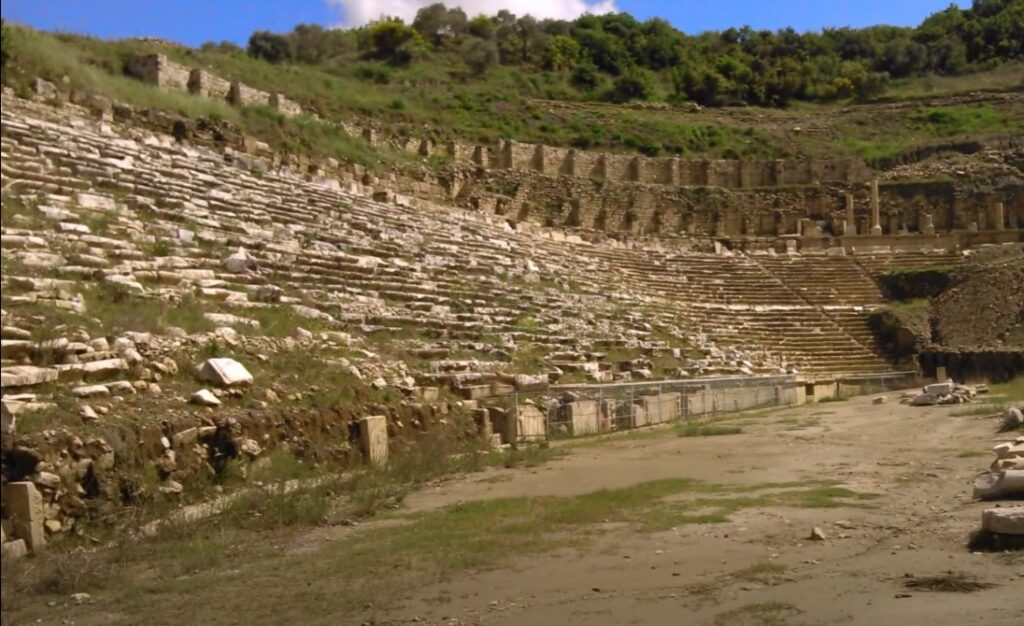
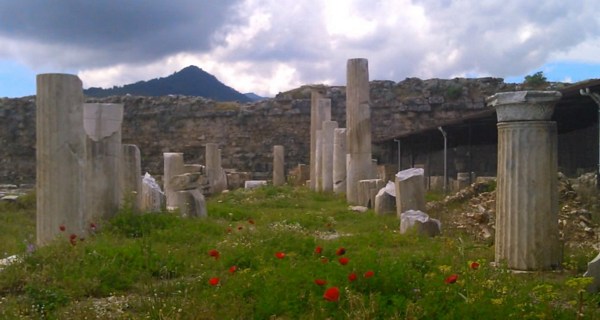
The Theatron, which was partially constructed before a landslide halted its completion, is among Magnesia’s significant structures. The city also housed a public toilet (latrina) with 32 seats. Magnesia’s known history dates back to the 11th century BC, founded by Aeolians from Thessaly.
The city experienced a renaissance during the 6th century BC under Miletos and was governed by the Roman Empire starting in 129 BC. Magnesia’s resistance against the Pontic King Mithridates in 88-84 BC earned it the status of a “free city,” and it reached its peak during Roman rule.
Magnesia continued to be a significant bishopric seat during the Byzantine period but declined in importance from the 11th to the 14th centuries. Today, the site is uninhabited. Notable remains include the Temple of Artemision, a well-preserved example of Ionic architecture, and the partially completed theater near the agora. Other significant ruins include a Roman gymnasium to the west and the stadium on the southern side of the city.
Magnesia remains a testament to the rich architectural and historical heritage of ancient Caria, showcasing the advancements of its time and the enduring legacy of its builders.